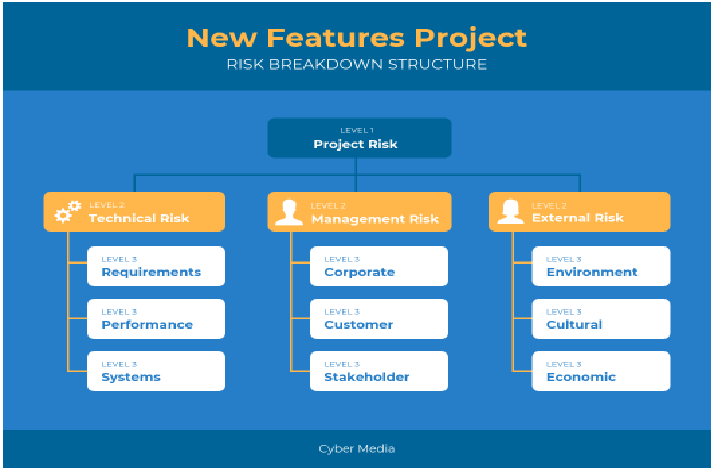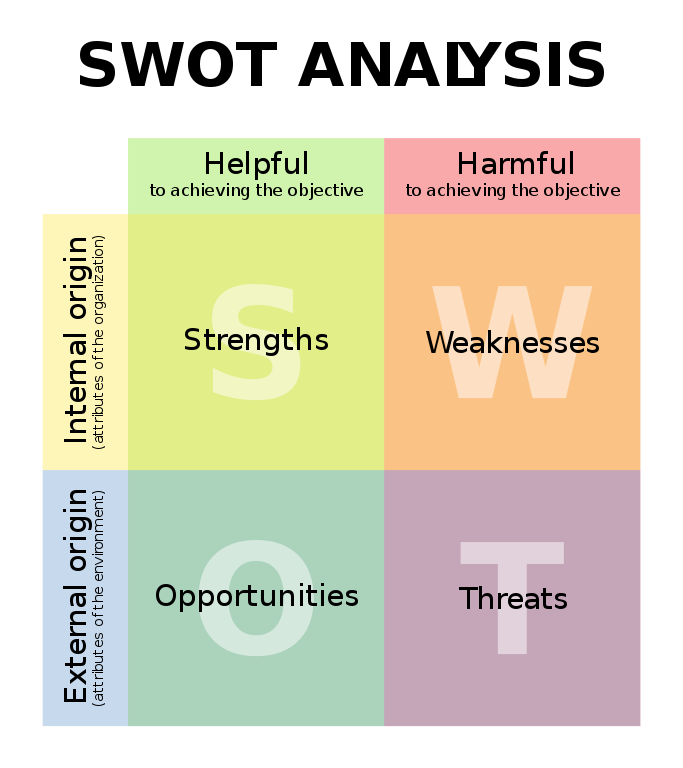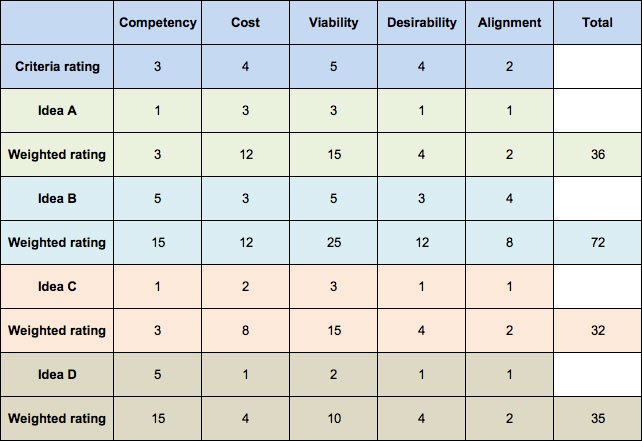One wrong decision can make or break a business. And, entrepreneurs have to make almost hundreds of decisions every day. To make sound decisions, they have to go through larger brainstorming sessions and discussion for countless hours.
Fortunately, there are many tools and techniques that help entrepreneurs in making a critical business decision. While the basic principles are the same, these tools and techniques reduce the hassle and increase efficiency when it comes to decision-making.
Contents [show]
#1 Flow Chart
A flowchart is the graphical or visual representation of a decision-making process. It makes all steps visible and removes any duplicated steps.
Creating a flowchart for decision making
There are many online flowchart makers that simplify the task of creating a flowchart. The outlines the flowchart creating process using Venngage’s ease-to-use Flow chart maker.
- Choose a flowchart template and tab ‘Create’ button.
- Drag flowchart symbols from the left libraries and drop on the drawing area.
- Double-click symbols to type information.
- Once completed, click the ‘download’ button to save the flowchart on your system in the image, PDF format, etc.
You can design a flowchart for accomplishing different tasks, such as defining a work process, evaluating the timing of tasks, and troubleshooting problems. Flow chart maker features intuitive flowchart templates for various purposes.
#2 SWOT Analysis
SWOT (Strengths, Weaknesses, Opportunities, and Threats) analysis is a proven tool that helps entrepreneurs identify what they’re doing appropriately and what needs to change in an organization.
Using this strategic planning tool, entrepreneurs can evaluate the company’s competitive position based on:
- Internal environment: strength and weaknesses
- External environment: opportunities and threats
Final results of SWOT analysis help the organization determine whether objectives, services/products, or projects are a strategic fit. And, the best strategic fits are when both the internal environment and external environment align well with each other.
Whether you want to explore new businesses, products, or mergers, you can use SWOT analysis, regardless of your industry. It helps with planning out your investment, understand the competition, and outline your mission.
Important steps for performing SWOT analysis:
- Collect relevant information and list all current known strengths and weaknesses through brainstorming and discussion.
- Identify future opportunities for your organization, including future technologies and trends.
- Review the SWOT matrix and build a plan that addresses each area, including everything that’s working and changes required.
#3 Decision Matrix
When you have multiple options, and you have to choose the best one for your organization, a decision matrix can clear up the confusion. This quantitative method also helps in prioritizing tasks and crafting arguments to defend the decision you have made.
Creating and decision Matrix
- Rows: List all your options or decision alternatives
- Columns: Factors affecting your decisions, including cost, ease, and effectiveness, etc.
- Establish a rating scale to assess each alternative/factor combination.
- Multiply original ratings by the weighted rankings for the final score. Add up all factors under each option. The option with the highest score is the winning choice.
Get a whiteboard or paper to freehand your matrix.
Decision matrix eliminates all confusion and emotion, allow you to focus on the most important factors.
#4 Cost-Benefit Analysis
Decision matrix lands you on a decision. Now ask yourself – Is your decision worth it?
Cost-benefit analysis answers this question. This tool weighs up your decision as objectively as possible. You can evaluate the cost versus the benefits associated with your project proposal.
While there is no standard way to perform a cost-benefit analysis, the most rudimentary form is as follows:
Take a paper and draw a line down the middle. List the benefits of a proposed project on one side and costs on the other.
The difference between the cost and benefits determines whether your decision is worthy or not. Generally, if the cost is 50 percent of the benefits and the payback period is one year or less, the decision is worth it.
Watch this video to know how to perform a cost-benefit analysis for decision-making.
#5 Pareto Analysis
Pareto analysis is a categorical methodology for decision-making. It helps in identifying the most effective changes in an organization when many possible courses of action exist.
Also known as the 80/20 Rule, Pareto analysis holds that 80% of achievements realized they originate from 20% of the effort. The principle can aid an organization in avoiding over-analysis in the decision-making process.
Using Pareto analysis for decision-making
- Create a list of problems/ causes or options/ benefits combinations.
- Group the problems or options that relate to a similar larger problem.
- Assign a suitable score to each group. For instance, if you have to evaluate software satisfaction in an organization, score software according to the number of complaints received on each.
Final words
In many instances, you may combine two or more of these tools and techniques to arrive at the final decision. Online tools like flow chart creator and cost-benefit analysis software make the job easier. Also, these tools are extremely helpful to everyone playing critical roles in B2B inbound marketing team structure.
Experts recommend that you should review every decision progressively to ensure that the company is achieving the set objectives.















